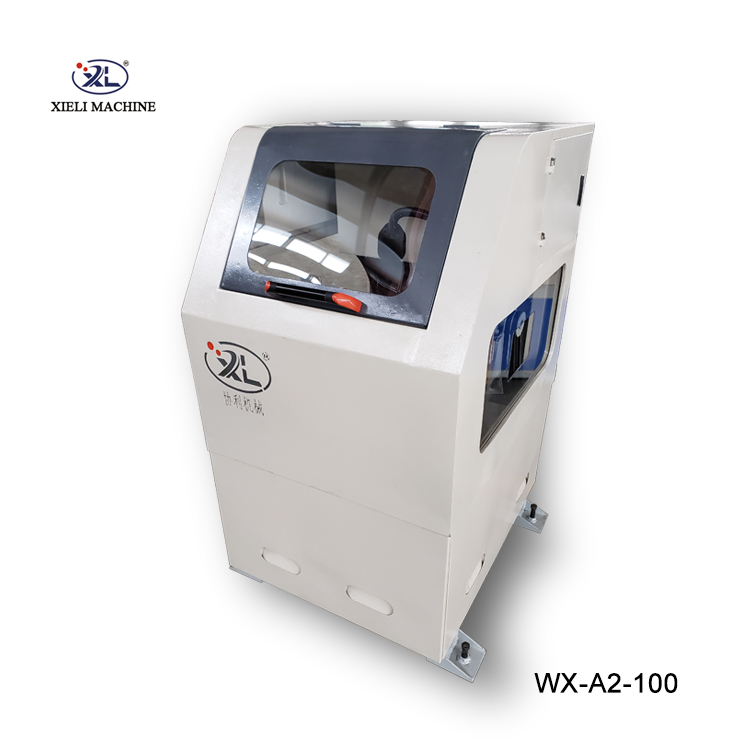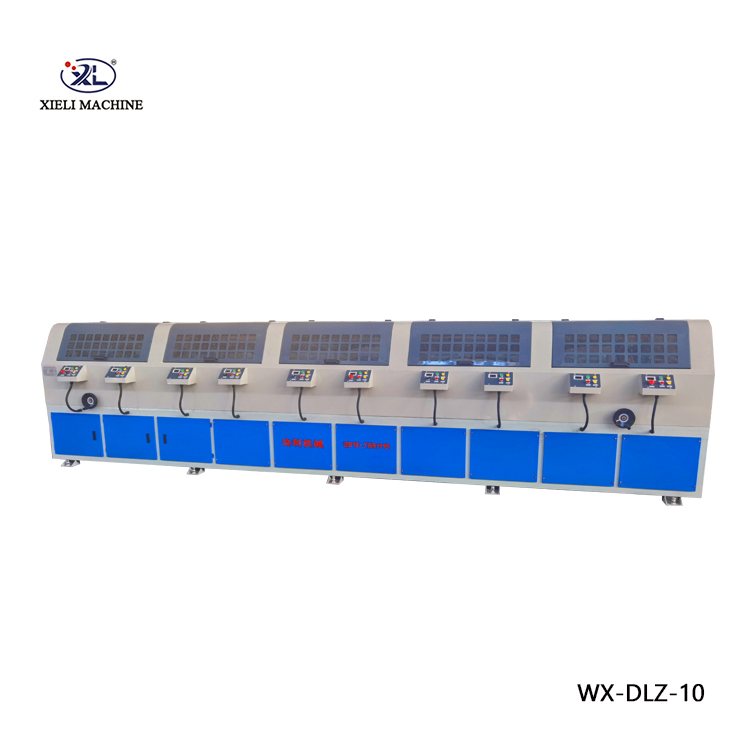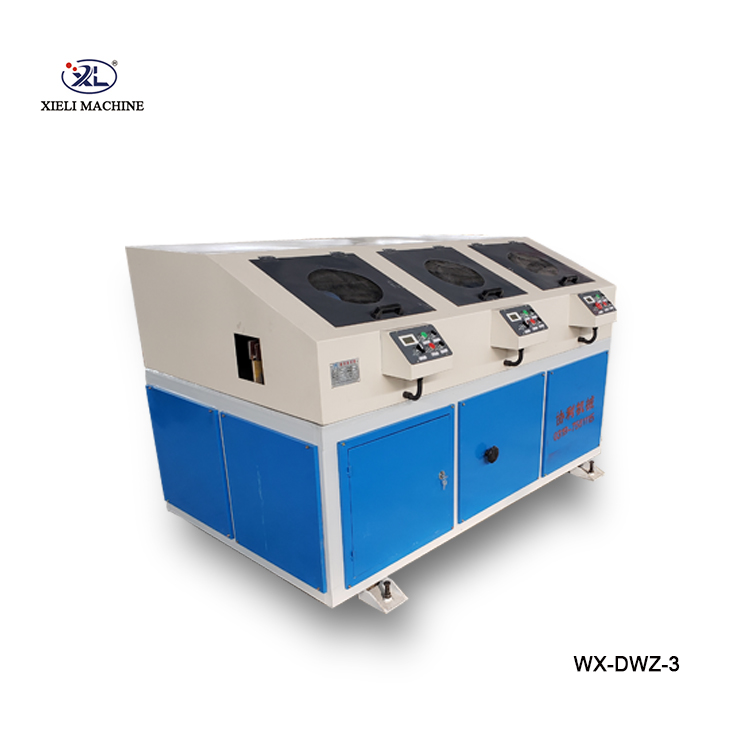In high-demand industrial sectors where accuracy, efficiency, and output consistency are non-negotiable, centerless grinding technology has become the cornerstone of modern metal processing. From aerospace components to automotive shafts, the demand for machines that can deliver high-tolerance, repeatable grinding results is steadily increasing. One of the most transformative advancements in this space is the development of the centerless cylindrical grinding machine, a solution that combines speed, automation, and precision to meet the toughest manufacturing requirements.

Unlocking Production Potential through Automatic Centerless Grinding Machine Integration
Modern workshops and factories are now embracing the automatic centerless grinding machine as a vital component of their production lines. Unlike traditional surface grinding, centerless grinding removes material without the need for centers to support the workpiece. This allows for continuous operation, making it ideal for mass production of small-to-medium-sized cylindrical components. With the inclusion of automation, the machine can handle long hours of operation without operator fatigue, increasing throughput while reducing labor costs. Manufacturers utilizing these systems benefit from consistent surface finishes, reduced part rejections, and significant reductions in downtime.
Boosting Output Consistency Using Centerless Bar Grinding Machine Capabilities
Industries such as automotive, construction, and defense that rely on bar stock components have found unmatched value in the centerless bar grinding machine. This machinery excels at processing long, cylindrical bars with minimal vibration, resulting in improved dimensional accuracy across the entire batch. Operators have reported reductions in secondary processing and straightening, thanks to this machine’s ability to eliminate even subtle inconsistencies. In many factories, centerless bar grinders are now replacing conventional lathes or manual setups, especially where roundness and surface integrity are paramount to the final product’s performance.
Improving Surface Finish with a Centerless Belt Grinder in Industrial Settings
When surface quality is as critical as size tolerances, the centerless belt grinder offers an ideal solution. This machine type combines abrasive belt technology with centerless feeding mechanisms to deliver superior finishing across hard metals and alloys. The use of abrasive belts allows for higher surface contact and better heat dissipation, making it suitable for applications requiring fine finishes on stainless steel, aluminum, and titanium. Many fabrication shops have started integrating centerless belt grinding units as a finishing station after cylindrical grinding, ensuring each component meets aesthetic and functional surface requirements.
The Versatility of Centerless Cylindrical Grinding in High-Volume Production
Unlike conventional OD grinding, centerless cylindrical grinding is designed to support fast, repeatable grinding of long or short workpieces without the need for precise part placement. This characteristic makes it highly advantageous for high-volume runs where setup time and repeatability are critical. Because the workpiece is supported by a blade and the regulating wheel, vibration is minimized, and grinding precision is enhanced. Manufacturers of transmission shafts, piston rods, and hydraulic fittings frequently rely on centerless cylindrical grinding to maintain dimensional uniformity across hundreds or thousands of units.
The Role of a Centerless Cylindrical Grinding Machine in Lean Manufacturing
In lean manufacturing environments, maximizing efficiency while minimizing waste is a guiding principle. The centerless cylindrical grinding machine fits seamlessly into this model, reducing work-in-process and enabling just-in-time manufacturing. Its continuous processing capability means that materials move faster through the production floor, decreasing bottlenecks and improving workflow. Modern units often include CNC controls and automatic gauging, providing real-time feedback and automatic adjustments for optimal part quality. As a result, facilities that adopt this technology often see improvements not only in product quality but also in overall operational efficiency.
Why Choose Centerless Grinding Over Traditional Methods?
Centerless grinding eliminates the need for part clamping, reducing setup time and mechanical complexity. It allows for the high-speed processing of round components with tighter tolerances and better surface finishes than traditional methods.
How Does a Centerless Belt Grinder Differ from a Conventional Grinder?
A centerless belt grinder uses an abrasive belt instead of a wheel, allowing for greater control over surface finish and better adaptability to various materials. It's especially useful when post-process polishing is essential.
Can a Centerless Cylindrical Grinding Machine Handle Small-Batch Jobs?
Yes, modern centerless machines come with programmable features that allow quick changeovers, making them suitable for both large and small production batches.
Centerless Grinding Machines FAQs
Q: What types of industries benefit most from an automatic centerless grinding machine?
A: Industries such as automotive, aerospace, medical device manufacturing, and precision tooling benefit significantly due to their need for high-volume, precision cylindrical components.
Q: How does a centerless bar grinding machine improve material throughput?
A: By enabling continuous feeding and eliminating the need for workpiece centers, these machines drastically reduce cycle times and increase daily production output.
Q: Is there a major difference in maintenance between a belt grinder and a wheel-based grinder?
A: Yes, centerless belt grinders generally require more frequent belt changes but offer quicker maintenance routines and easier inspection compared to traditional wheel grinders.
Q: What is the main advantage of centerless cylindrical grinding for lean manufacturing?
A: It supports high-speed production with minimal handling, which aligns perfectly with lean principles of reducing waste and optimizing workflow.
Q: Can centerless cylindrical grinding machines work with exotic alloys or hardened materials?
A: Absolutely. These machines are capable of handling hardened steel, stainless alloys, and even titanium, provided the correct abrasives and settings are used.





